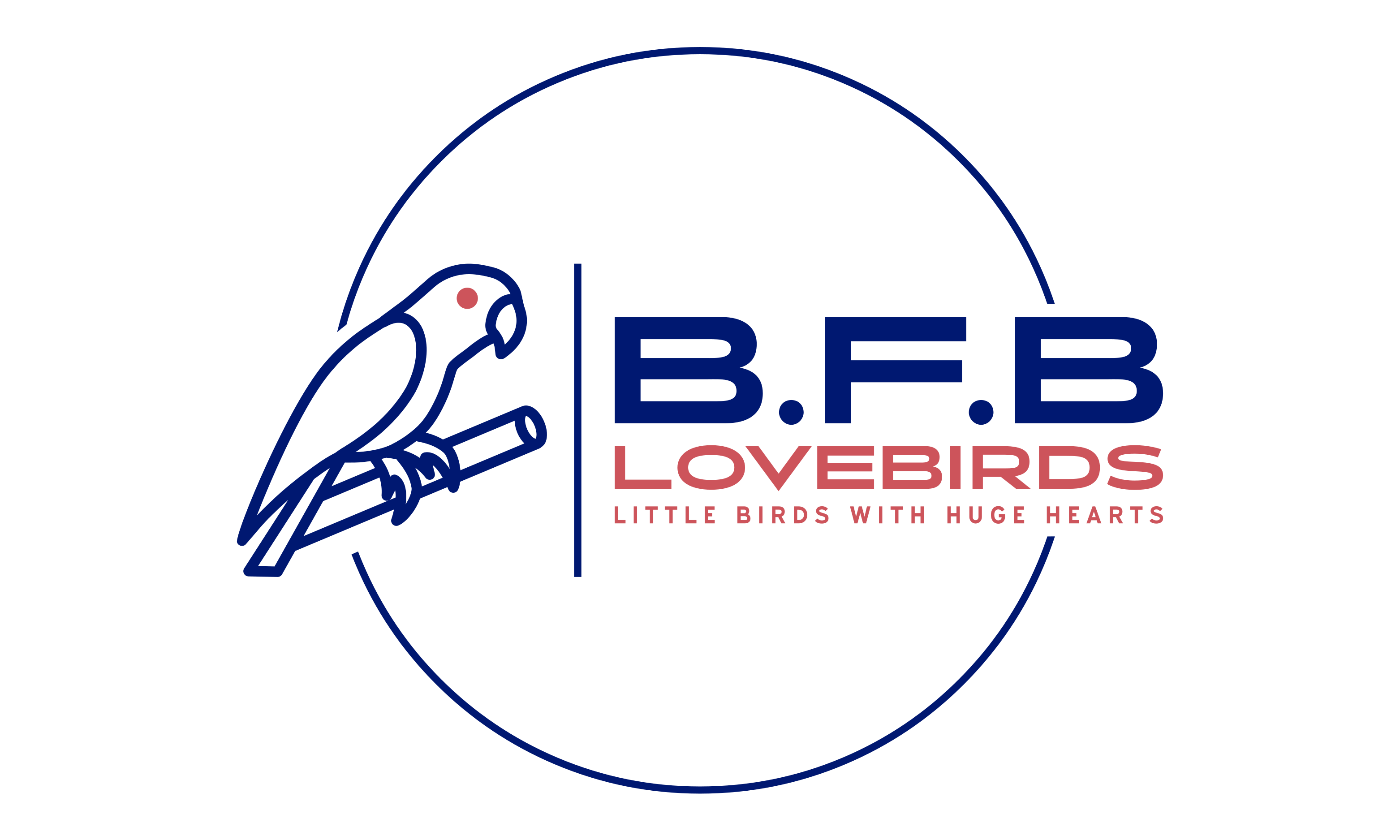DNA sexing is a reliable method to determine the sex of lovebirds, as it is not possible to visually distinguish males from females in most species. There are different methods for DNA sexing, but one of the most common ones involves using a small blood sample or a few feathers from the bird.
The DNA sexing process involves analyzing the bird’s DNA for the presence or absence of specific sex chromosomes. In most bird species, including lovebirds, males have two different sex chromosomes (ZZ), while females have two identical sex chromosomes (ZW).
There are several commercial labs that offer DNA sexing services for lovebirds, and the process usually takes a few days to complete. Some labs may require a fee for the service, but it is generally considered a very accurate method of sexing birds.
Knowing the sex of your lovebirds can be helpful for breeding purposes or to ensure that you have a compatible pair. Additionally, it can also be useful for monitoring the health of your birds, as certain health conditions may be more common in males or females.

